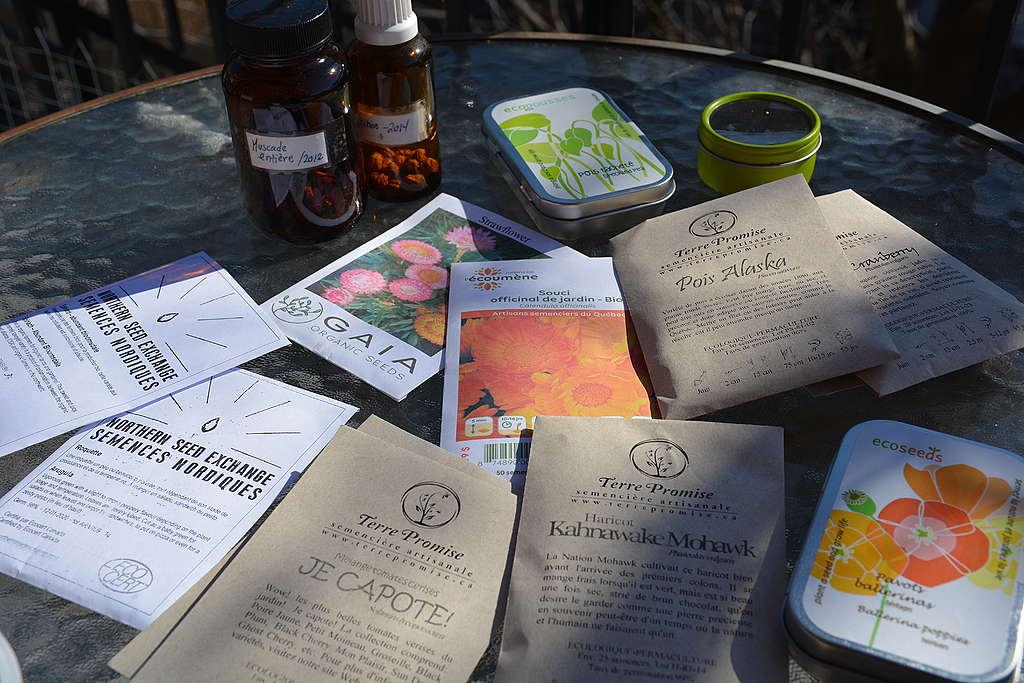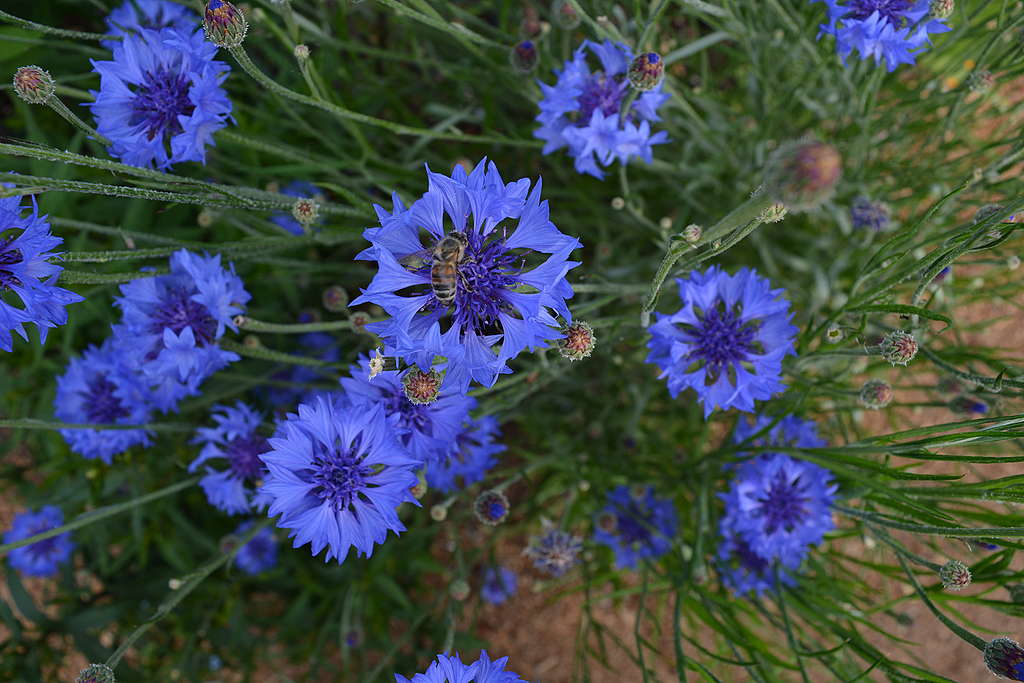Food Resilience in Times of Crisis: a series of blogs to guide you towards a more resilient diet in times of health and environmental crisis
The social distancing and confinement required by the coronavirus crisis is causing many of us to rethink and modify our diets. Whether it is because we have more time to cook or because of the questions surrounding our food systems the crisis is raising, our food has risen to the top of the agenda recently.

You’ve certainly seen your friends posting on social networks lately about their seedlings, and maybe that’s made you want to get into it too. Here’s a little self-sufficiency starter guide that you can put into practice at home, alone or with your loved ones. Even children can experiment with you! It’s about using the time we have during this crisis to redefine our diet and make it more resilient, individually and collectively.
Planting seeds
Planting seeds at home is much easier than you might think! It obviously takes a little space and lighting (which can be natural), a few containers, some seeds and it’s done. Then, we have the pleasure of seeing our little plants grow before our eyes every day! Here are a few steps to start your home garden project:
First of all, if you don’t have any gardening containers, you can transform containers from the recycling bin such as milk cartons, egg cartons, and other everyday finds that you can convert into seedling containers. There are also a number of online tutorials to show you how to plant. We recommend that you choose seeds from organic and traditional techniques.

(Photos MJ Béliveau)
Seedlings are easy to grow. However, we recommend that you prevent seedlings from moulding by taking special care with the composition of the potting soil and by adapting watering to limit humidity. For the best planting dates, you can experiment or consult a planting calendar like this. Finally, you should lay out your seedlings in a well-ventilated place for your small shoots. For my part, I transformed a piece of furniture (my kitchen table) into a mini greenhouse 😉

Once your plants have reached a certain height, you can divide them up and replant them in containers giving them a little more space. Some plants can easily stay in pots in your kitchen or on your balcony, such as edible herbs and flowers. Others, such as vegetables, will benefit from being planted when the weather is nice in June. Note that some seeds are usually planted directly in the ground, such as beans and lettuce. Check the instructions specified by the seed grower.

To go further...
At the end of the gardening season, you could experiment with collecting and dehydrating some of the seeds you have produced, to replant them next year!
Collecting seeds is an ecological and economical action. In a few simple steps, you can produce hundreds of plants from just a few of them, which saves a lot of money. In addition to participating in the beautiful circle of life and increasing your self sufficiency, harvesting seeds is easy and seed conservation takes up very little space. As long as they are in a dry and dark place, your little seeds will germinate easily next year.
Cultivate on a balcony or terrace
Who says you need access to a garden to enjoy the benefits of agriculture?! It is possible to garden on a balcony or terrace as long as there are at least four hours of sunshine per day. You will even find some advantages, such as a harvest at hand and vegetables that tend to ripen faster on a sunny balcony!
Almost all vegetables can be grown in containers! Some are not very suitable, however. Corn, for example, should be avoided because it requires too much space. However, climbing vegetables such as cucumbers, peas and beans are particularly suitable for balcony growing because they take up less space than a vegetable that needs to be spread out. Don’t hesitate to use recycled containers, and if space is lacking, why not experiment with hanging or vertical gardens, by recovering wooden pallets for example.
You can start preparing your city garden when the nights start to get above 10°C. A balcony garden grows very quickly, so you will soon be ready to enjoy the fruits of your labour!

Cultivating your indoor garden
In addition to outdoor seedlings that can provide a lot of food, you can enhance your plate by trying a few other easy-care indoor plantings. When it is too cold outside to grow your own vegetable garden, you can turn to indoor gardening.
Sprouts and micro-sprouts provide year-round fresh greenery on your plate and add texture and taste to sandwiches, salads and other dishes. There are three types of crops: sprouts, young shoots and baby greens. Growing them yourself is easy and fun, educational for children, and reduces the transportation and packaging of your food. It also prevents them from losing nutrients during transport.
Sprouts have many hidden benefits. They have the effect of multiplying the content in vitamins and enzymes of food and are rich in antioxidants. Germination also makes seeds easier to digest since certain nutrients, such as iron, are better absorbed by the body when they come from germinated foods. A major health benefit!
To do so, you can equip yourself with specific containers or simply use jars.
Revolution on your plate
The health crisis we are experiencing and the impacts it is having on our food systems, both locally and globally, presents an opportunity to rethink our connection to food and build food resilience. Experimenting with ways to produce food ourselves is a great opportunity to improve our personal food autonomy. Maybe the revolution will start on our plate after all!
And above all, in these difficult times, continue to take good care of yourself!
Write to your mayor now if you want to see more land devoted to community garden.
